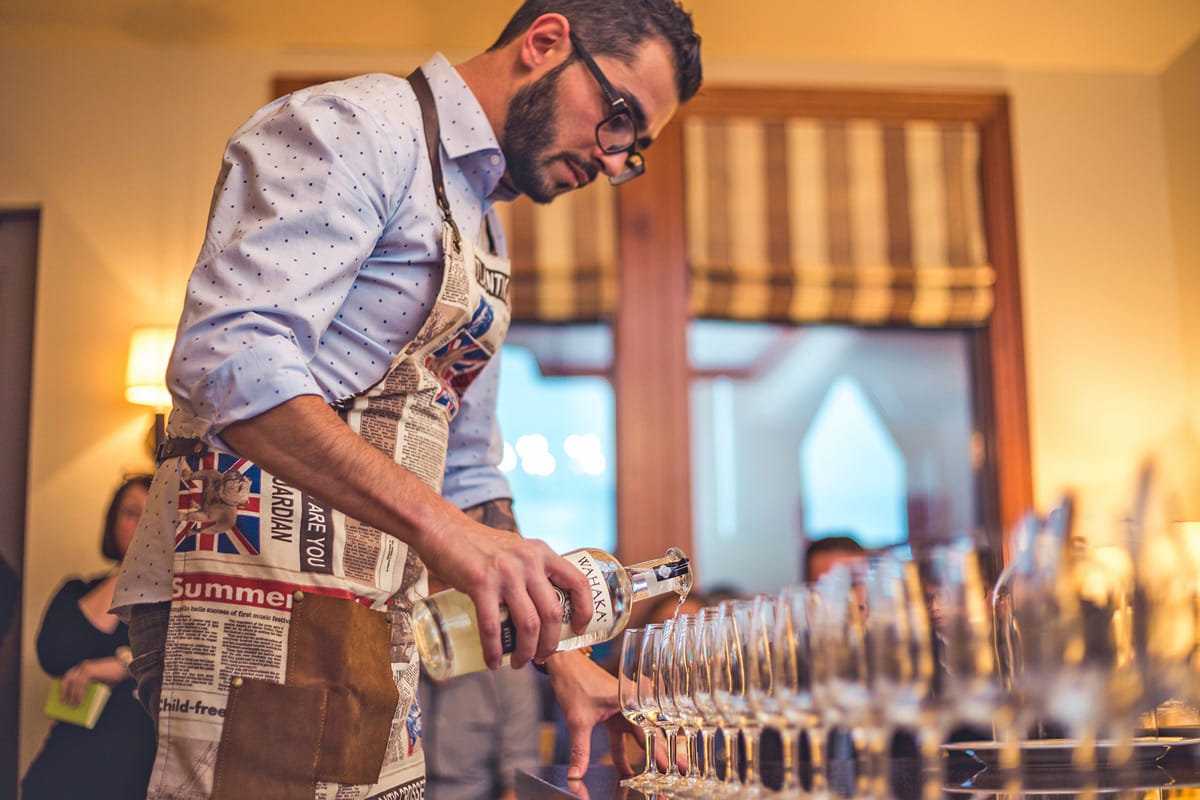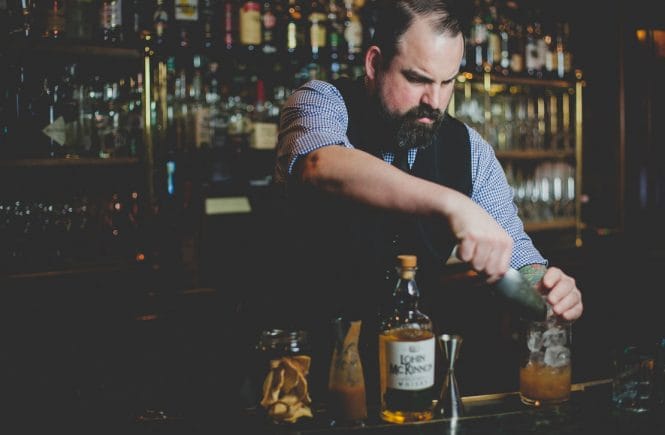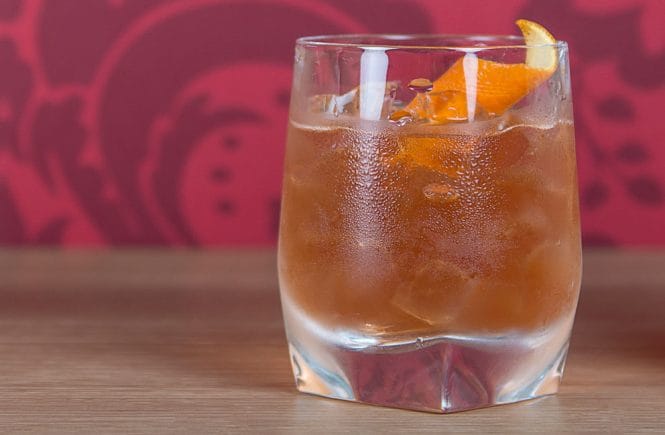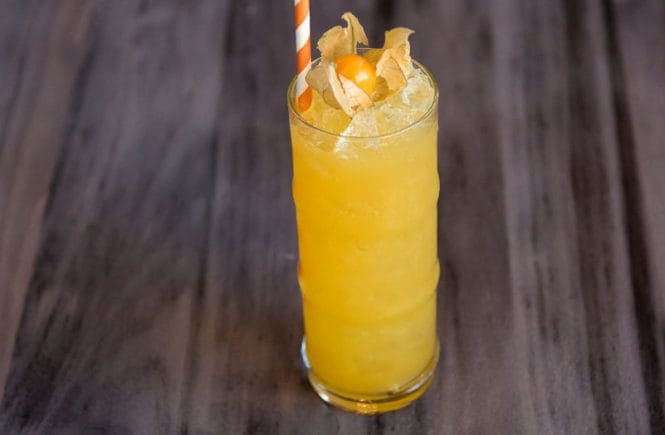Mexico’s top bartender makes us fall in love with the smouldering complexity of mezcal

“Twenty years ago in Mexico, mezcal was for poor people. Fifty years ago it was for poor people in the villages,” says Mica Rousseau. “Now it’s a super trendy spirit in the big food and cocktail cities. Now we are producing mezcal not for the Mexican market, but for the rest of the world.”
Rousseau, the head mixologist at the Four Seasons Mexico City, is in Whistler this week, sharing his love for mezcal at the Cornucopia food and wine festival. The 2016 winner of Diageo World Class Mexico even poured his own delicately smoky small-batch mezcal at an intimate master class held Saturday at the Four Seasons Resort and Residences.
Mezcal, he told the gathered group, is still produced much the same way it’s been made for 200 or more years.
Like tequila, it is made from the piña, the pineapple-shaped core of the agave plant. But that’s just about where the similarity ends.
“In Mexico we have around 350 different agaves. We only use 25 agaves for the mezcal, and one for tequila, the blue agave,” Rousseau says. Those plants can take 10 to 30 years to reach maturity, and the piña can weigh 20 to 50 kilograms.
While tequila is almost entirely produced in Jalisco, mezcal is produced in nine regions in Mexico, some 85 per cent of it in Oaxaca. Each has different terroir, and the mezcals from each taste dramatically different.
In part that’s because 80 to 90 per cent of mezcal production relies on wild yeasts for fermentation. These are the yeasts that live in the environment; there is no way to replicate their flavours anywhere else in the world.
“This is super-artisanal distillation,” Rousseau says. “[It doesn’t] use modern technology.”
That’s true also of the equipment used in mezcal production. Where the agaves for tequila are steamed in modern autoclaves, for mezcal they are slow-roasted in wood-fired stone pits for two to three days. That’s where all that luscious, smoky flavour comes from.
The piñas are then pressed by a stone wheel turned by a horse, and fermented in vats before being distilled in stills that could have been made from old washtubs and metal pipes from Home Depot. There are even a few ancestral stills around, rough assemblies of clay pots and bamboo pipes.
Mezcal was, for centuries, a rustic spirit enjoyed straight or with a spritz of lime and a sprinkle of “sal de gusano” — a garnish of salt, chilies and ground worm larvae.
Today, it is even more popular in the big cities, especially with creative bartenders such as Rousseau, who love its smokiness, its spice, its notes of chocolate and pineapple.
“When I make a cocktail, I try to use a mezcal that is very friendly,” Rousseau says. “If it is too smoky, it can kill the balance, the profile of the drink. And the magic of a cocktail is balance.”
He adds: “It works well with pineapple, green tomatoes, cinnamon, apple and other spices like chipotle chilies. Citrus, of course. With pumpkin it’s good, and saffron.”
Happily, the newfound popularity of this ancient spirit has inspired young people to return to the villages to make their own mezcal, transforming once-poor communities into culinary tourist destinations.
“Young people come back to their grandfathers to learn the business because there is money to be made,” Rousseau says. “Small villages that were empty 10 years ago, now we see them filled with young families and schools.”
Rousseau continues his week at Cornucopia with Mezcal y Maize, a series of après-style cocktail-and-taco parties at the Four Seasons Whistler. The festival also features seminars and other events until Nov. 19. For info, visit whistlercornucopia.com.
—by Joanne Sasvari




